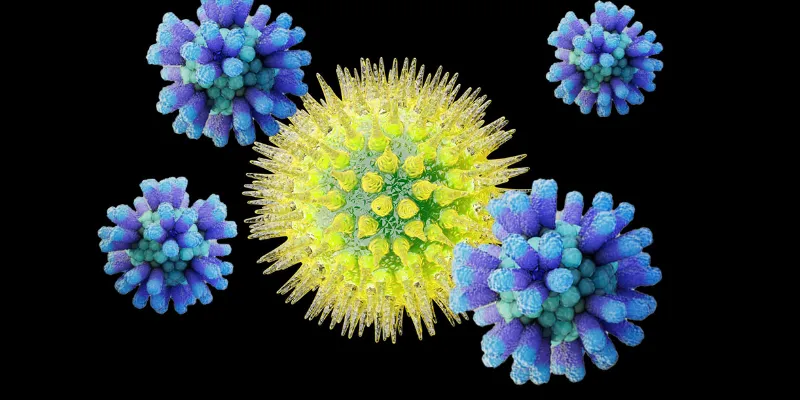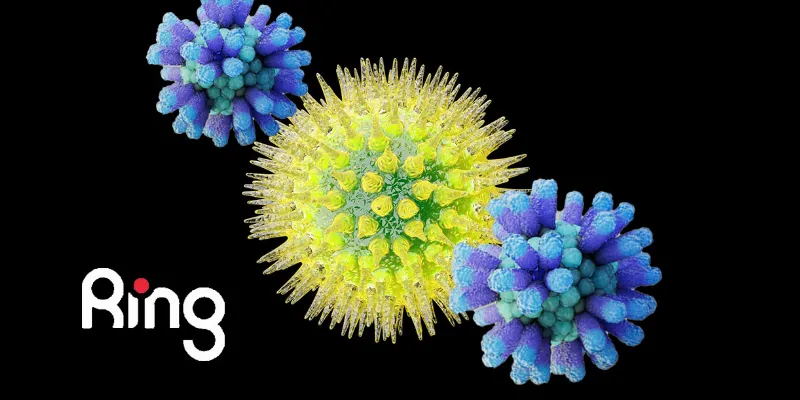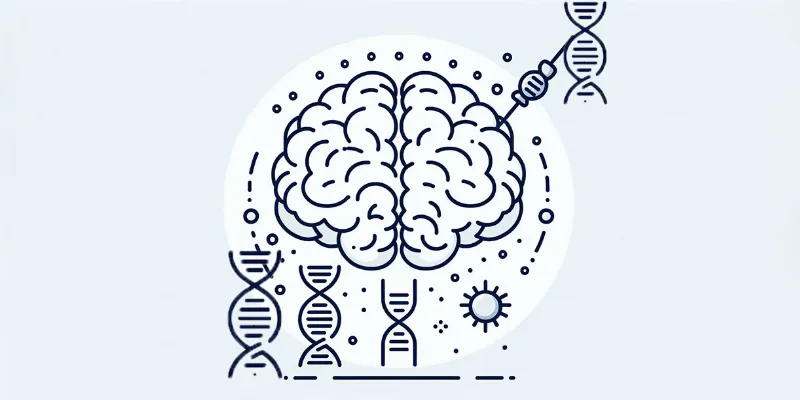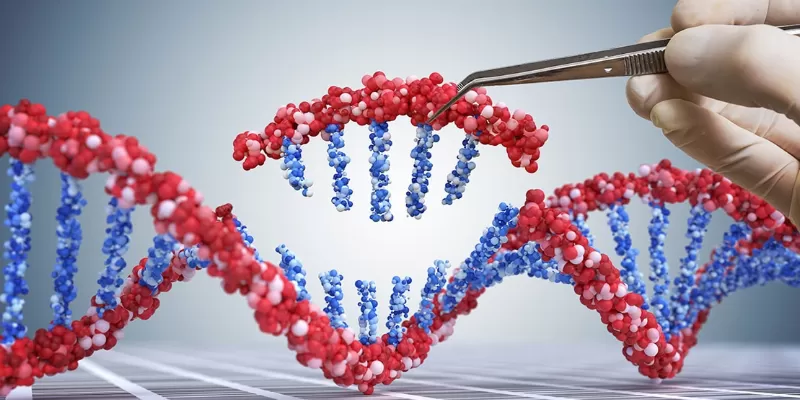The Next Frontier: Revolutionizing Gene Therapy with Anellovirus-Based Vectors

1 April 2024
Ring Therapeutics announces a breakthrough: the first-of-its-kind gene therapy with the Anellovector, a novel gene delivery platform using human commensal anelloviruses. The SATURN system enables the packaging of genetic material into diverse anellovirus capsids, offering durable, potentially redosable treatments. Demonstrating comparable efficacy to established vectors, this innovation could overcome major gene therapy challenges, paving the way for advanced, targeted treatments.
This innovative approach, detailed in a recent publication in bioRxiv, Ring Therapeutics introduces a pioneering gene delivery strategy using anelloviruses, marking a first in gene therapy. This approach not only enhances the potential for more effective, safe, and versatile treatments but also confronts prevailing gene therapy challenges such as redosability, precise tissue targeting, and scalability.
By capitalizing on the distinct biology of anelloviruses, the Anellogy™ platform emerges as a promising avenue for addressing a wide range of medical conditions, setting a new standard for the development of genetic medicines.
The SATURN Innovation
At the heart of this novel technology is the Self-Amplifying Trans-complementation of a Universal Recombinant aNellovector (SATURN) system. This cutting-edge methodology allows for the packaging of genetic payloads into the capsids of various anelloviruses, exploiting the immense diversity these viruses offer. The SATURN system stands as a testament to the ingenuity behind the Anellogy™ platform, promising a new era of programmable medicines that are more durable and, crucially, redosable.
A Versatile and Effective Platform
The Anellovector, derived from the Betatorquevirus genus within the Anelloviridae family, demonstrates exceptional versatility and efficacy. In vitro studies have shown successful transduction in retinal pigment epithelial (RPE) cells, with viral genomes being detected in the cell nuclei. More impressively, in vivo experiments in mice have highlighted the platform's potential, showing durable gene expression in the mouse eye for up to nine months, comparable to the well-established adeno-associated virus 9 (AAV9).
“We set out to develop an entirely new vector system based on human commensal viruses to address the many hurdles facing current genetic medicine delivery – and we’ve achieved that goal at remarkable speed. Building on our breadth of publications showcasing anellovirus diversity, structure, tropism, and immune privilege, this new publication shows we can successfully harness the unique characteristics of anelloviruses to generate the Anellovector – the first novel viral vector in decades. This work serves as the foundation for multiple vectors coming out of our Anellogy platform and will inform upcoming IND-enabling studies, bringing Anellovectors one step closer to the clinic and patients in need” said Dr. Tuyen Ong, CEO of Ring and CEO-Partner at Flagship Pioneering.
The Power of Anelloviruses
Anelloviruses, discovered in 1997, are a fascinating component of the human virome. These viruses, characterized by their negative-sense, circular, single-stranded DNA genomes, have coexisted with humans for millions of years, remarkably evading the immune system and appearing non-pathogenic. Their vast genomic diversity and widespread tissue distribution make them ideal candidates for next-generation gene therapy vectors.
A novel functional gene delivery platform based on a commensal human anellovirus demonstrates transduction in multiple tissue types
Abstract: Anelloviridae is a family of non-enveloped viruses with negative-sense, circular, single-stranded deoxyribonucleic acid (ssDNA) genomes that infect vertebrates and are a ubiquitous component of the human virome. Human anelloviruses evade induction of humoral immune responses and appear to be non-pathogenic. These properties, in conjunction with their enormous genomic diversity and wide tissue distribution, make anelloviruses compelling candidates as vectors for next-generation genetic medicines. Here we report the first gene delivery vector system based on a human commensal virus. This Anellovector is based on a virus of the Betatorquevirus genus. Production is enabled by the development of the Self-Amplifying Trans-complementation of a Universal Recombinant aNellovector (SATURN) system, which relies on a self-replicating plasmid to provide viral proteins in trans that drive replication and capsid-dependent packaging of vector genomes.










Comments
No Comments Yet!